Notes From Underground: Slime Fetish
|Cassidy George
NOTES FROM UNDERGROUND is a series of investigations into the shifting definitions and manifestations of subculture in the digital age.
Curtains of slime oozed from the ceiling of Fondazione Prada in Milan this week, accentuating the presentation of Prada’s Spring/Summer 2024 collection, “Fluid Form.” Models wearing gooey-looking shoes and other mutated garments stomped down the runway while cascades of slime gathered around the venue in mint-green piles.
The viscous fluid in the set design complemented Miuccia Prada and Raf Simons’ fantastical approach to tailoring this season, alluding to the parallels between the “fluid architecture” of slime and their liberated approach to design. The more biological implications of the “absolute freedom of the body” that Prada explored in their collection was articulated by a horny and uncompromising Nine Inch Nails soundtrack. As the lyrics to “Closer” blasted from the speakers––“I want to fuck you like an animal… You get me closer to God”––Prada helped elevate a gloopy substance associated with vulgarity to a place of fashionable divinity.
The S/S 2024 presentation is representative of Prada and Simons’ approach to fashion today, but also of a broader reality in visual culture. Slime, which was long relegated to the realms of horror in the public imagination, is no longer something we fear. It is something we worship.
In the middle of our planet’s history (between 1.8 billion to 800 million years ago) evolution stagnated. And for over a billion years, Earth was ruled by its only living entity: slime. But since 2017, synthetic slime has ruled a corner of the internet and spawned a passionate subculture of creators, consumers and enthusiasts known as “slimers.” On TikTok today, #slime has 99.8 billion views and conjures 15 million Instagram posts. The obsession and fascination with a once revolting liminal substance is no longer confined to niche digital communities or internet algorithms. Slime is a global, mainstream fetish.


Fashion borrows from the underground and from internet culture––and slime thrives at its intersection. Slimy textures and garments have oozed their way into collections and onto runways for years, dripping from typography on Balenciaga t-shirts and becoming ever-more present in the work of trendy brands such as Ottolinger, AVAVAV, Naomi Gilon, and Helena Stöling. Slime has become the crux of the millennial beauty market’s idealized, aspirational aesthetic. In the age of “dewiness,” “glow,” and Glossier, slime is both beauty’s means and its end goal. Terms like “dolphin skin,” “glazed donut nails,” “glow jobs,” and “slugging” (coating the face with petroleum jelly) have become common parlance for slippery practices achieved with overpriced products, in the form of goos and gels. In her newsletter The Unpublishable, beauty writer Jessica DeFino mused on the subject: “We embrace the slime, we embody the slime, we buy the slime." What does slime idolatry say about the zeitgeist? Or, put another way: why are times so slimy?
Scientifically speaking, slime is a hydrogel, a non-Newtonian fluid. It is water with a molecular structure that slows its movement. In the natural world, slime can be a form of communication (between snails, for example), a brainless organism that shows all signs of “intelligence,” or a secretional side effect of the cycle of life. Slime has also become an albatross of global warming. “Blooms” of sea snot are clogging parts of the Mediterranean, suffocating all forms of marine life in their presence––and those who encounter toxic green slime (another symptom of pollution) in stagnant water become ill. In the human body, slime is a quotidian presence. Our urge to remove it––by brushing our teeth, blowing our nose, or engaging in sexual intimacy––is a component of our daily physical reality.
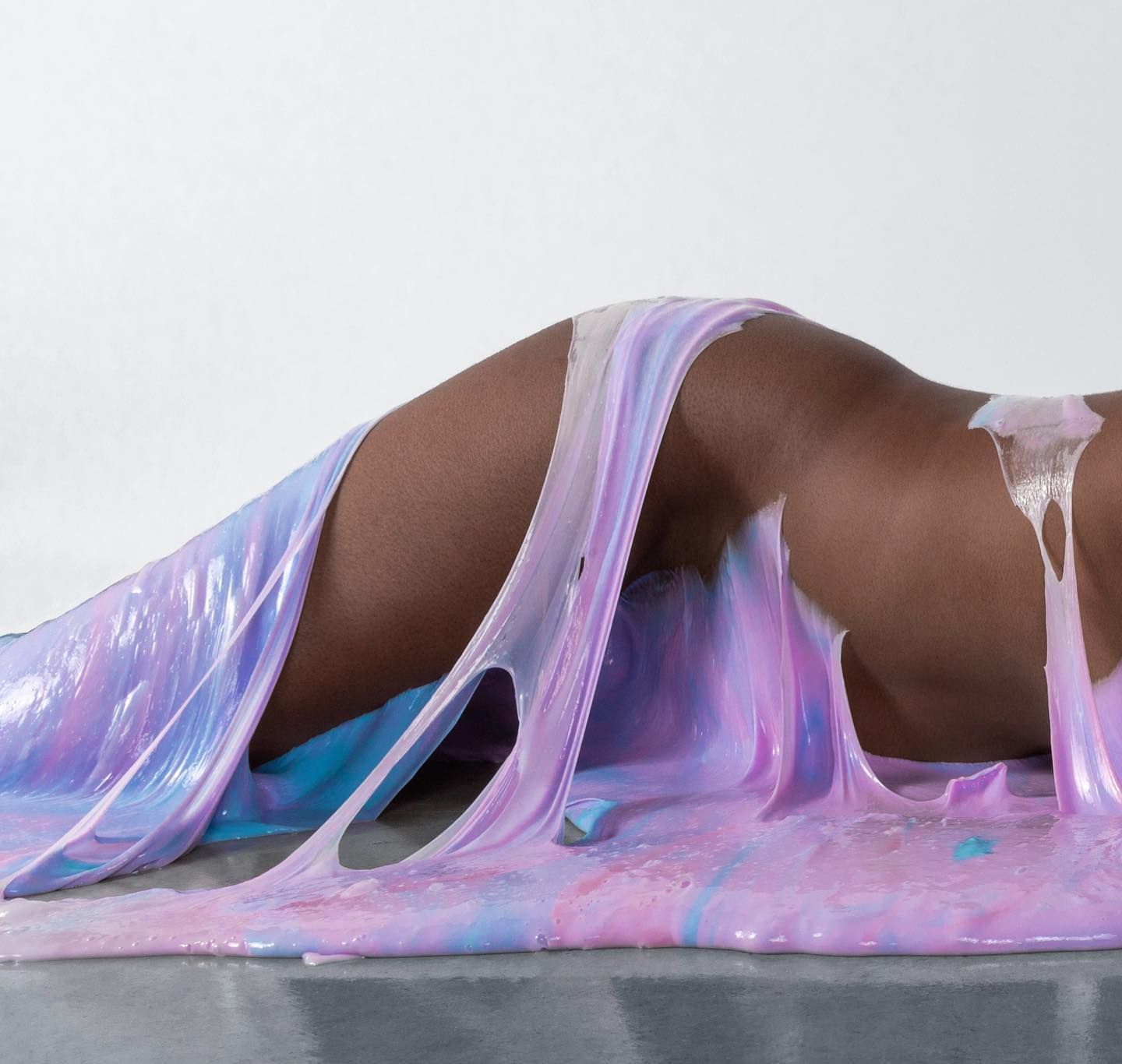
“I think that slime is the most potent disgust trigger,” said Susanne Wedlich, the author of Slime: A Natural History. “That’s a good thing because it’s often contaminated with pathogens. Disgust is supposed to keep us away from dangerous microbes.” Slime’s biological propensity to repel us helped make it an indispensable instrument of horror, particularly in the writings of H.P. Lovecraft, the art of HR Giger (who inspired Prada’s SS2024 show), and in iconic films like The Blob, The Fly and Ghostbusters. As the physical embodiment of a liminal state, slime has also been a conceptual plaything for philosophers and critics. In his seminal work, Being and Nothingness, Jean-Paul Sartre ruminates on its “terror”: “I want to let go of the slimy, and it sticks to me, it draws me, it sucks at me. Its mode of being is neither the reassuring inertia of the solid nor a dynamism like that in water which is exhausted in fleeing from me. It is a soft, yielding action, a moist and feminine sucking… Slime is the revenge of the in-itself. A sickly-sweet, feminine revenge.”
Slime’s eternal state of transience, its in-between-ness, is precisely what makes it a prime example of Julia Kristeva’s theory of abjection, outlined in her 1980 work, Powers of Horror. The slime we produce is often ejected––or rather, ejaculated, thrown up, blown out, or discharged from the body. Our fear of it, Kristeva thinks, is derived from its dissolution of the “sacred boundary between self and other” and its refusal to “respect borders, positions, and rules”––therefore disturbing “identity, system, and order.” Its association with chaos and emotion, and more literally, with waste, menstruation, childbirth, and death, is also what, both Sartre and Kristeva argue, links slime, and the abject at large, to the feminine.
Suddenly, slime was bestowed with a newfound utility, rebranded as an instrument of relaxation, and categorized in digital culture under the hashtag #oddlysatisfying.
The same year that #MeToo catalyzed a mainstream feminist movement, synthetic slime content exploded on the internet and ignited a DIY movement. In 2017, the boom in the popularity of homemade slime was so dramatic that it caused a national shortage of glue––one of homemade slime’s key ingredients––in American markets. With Gen Z as its torchbearers, slime was reclaimed, reimagined, reborn, repurposed, repackaged, and resold online. As one of the many substances placed under the trendy new umbrella of ASMR, hypnotizing and mesmerizing videos of hands pulling, squeezing, and popping cute slime flooded social media platforms. Suddenly, slime was bestowed with a newfound utility, rebranded as an instrument of relaxation, and categorized in digital culture under the hashtag #oddlysatisfying. Its new devotees, “slimers,” were emphatic––and exchanged stories, recipes, and reactions in comments sections and forums. During the chaos of the Trump presidency, slime became a new youth-driven art form, pastime, and industry.
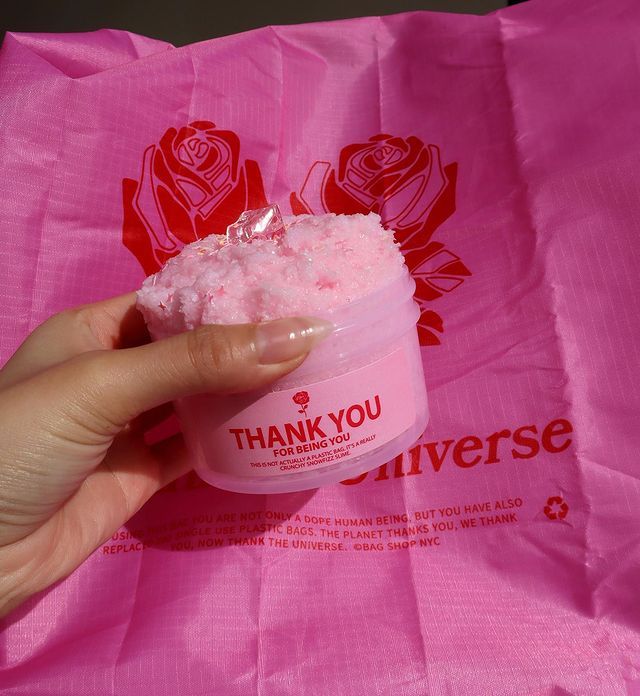
When Christine Ly’s mother discovered her packaging a crystalline white substance into small baggies in her room, she arrived at the only reasonable conclusion: her daughter had taken up drug dealing. In the long run, the powder in Ly’s plastic baggies––borax, the other key ingredient in homemade slime––would prove to have a higher profit margin than most illicit drugs on the market. Ly and her business partner Olivya Soth were among many teenage artists and entrepreneurs that focused their attention on slime-making just prior to its first internet boom. They started their account @ogslimes in 2016. By 2017, they had one million followers. “It was really the right place, the right time, and the right niche,” they told me over Zoom from their warehouse in Los Angeles, where they employ a team of ten women, all of whom are under age 25. Though they just moved to their massive new location this fall, they have already deduced that they need a warehouse three times larger, due to the rapid growth of their multi-million-dollar business, making and selling Sartre’s “feminine revenge.”
Each week they “drop” a new batch of limited-edition slimes, each with its own unique color, texture, scent, and theme. Their slimes mirror other cultural trends––recent hits include “Y2K Vomit,” “Boba Milk Tea,” and various slimes named after marijuana strains. On the OG Slimes website, you can filter your search by textures like “crunch bomb,” “cloud cream,” “snow fizz,” and “lava rock,” and many come with refined scents, such as cucumber and white sage lavender. While some popular products involve intricate, trompe l’oeil food replicas––created by extremely dexterous sculptors––other slimes such as “breast implant” verge on conceptual. Ly and Soth both conceive of slime as a form of therapy. “People are looking for an outlet for joy and fun and slime provides that. It’s not just the ASMR factor, it’s being able to be a kid again for a little bit,” they said. For many young people who grew up extremely online and grappling with the anxieties of a world constantly mediated by screens and numbers, slime is a tactile form of Xanax.
Scientists who study the effects of ASMR on the brain have theorized that these videos are “oddly satisfying” due to something called “mirror neuron theory,” which in essence means that our brains allow us to derive the same pleasure from watching videos of people playing with slime as if we were playing with it ourselves. Other ASMR theorists believe its relaxing effect comes from the content’s infantilizing qualities. The intentional and deliberate ways in which the hands are used can mimic the tenderness and intimacy of a maternal bond. In the safety of fluffy textures, fun colors, and intricately produced videos, the disgust reaction to slime that Wedlich explores in her book becomes inverted, as it does during intercourse: “Our disgust reactions are quite flexible when it comes to biological needs. Like sex: spit is gross and yet people will kiss. And more.” We are not attracted to artificial slime due to a physical urge, but to an emotional one. When asked about the internet-driven slime obsession, Wedlich said: “I’d say––and this is pure speculation––that many of us live in a world that’s sensory deprived, especially since the pandemic. The stuff is simply super sensual.”
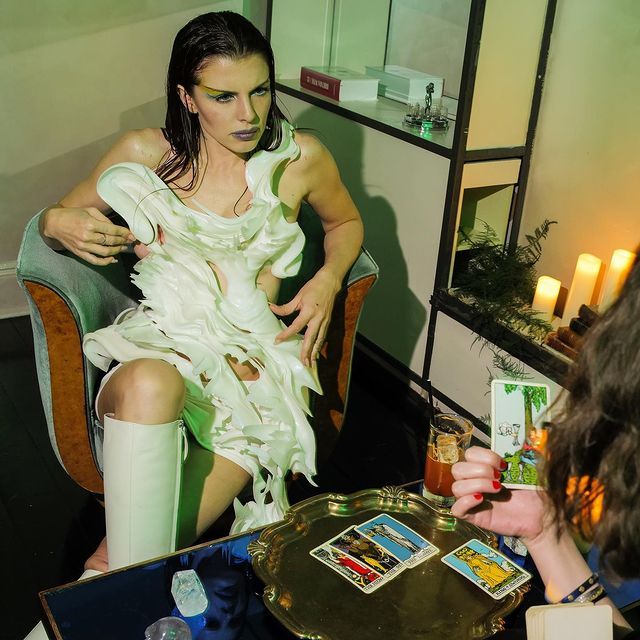

While the DIY slime movement is extremely kid-friendly, there is—and has long been–– a thriving community of slimers whose interest is in slime is purely erotic. “One of the great things about social media is that [it] exposes us to things that we didn’t even know we like,” said the artist who goes by @slimelord206. His interest in slime as a form of ASMR therapy escalated into a sensual artmaking practice. His photographs of nude bodies covered in slime boomed during the pandemic, so much so that he now travels the world, fulfilling models’ fantasies of being covered in slime. Though it was not intentional, the vast majority of Slimelord206’s models and clientele are women. He cites the role of slime on popular shows like You Can’t Do That on Television and the channel Nickelodeon as planting a seed that, for many, evolves into a lifelong obsession. “Those kinds of shows gave us the gamification of getting disgustingly slimy and messy. The crowd always goes wild when it happens, so there has long been an association between slime and euphoria,” he said. Slime fetishists also overlap with two other sexual subcultures, the WAMS (wet and messies) and the Gunk community––both of whom help comprise part of @slimelord206’s growing fandom. “I think people’s visceral reactions to it, specifically in the form of disgust, are often a challenge with surrendering control.” He describes being covered in slime as a form of rebirth. “They’re emerging from this stuff that’s like amniotic fluid, emerging from a cocoon or a womb. It’s an intimate and transformative experience.”
Scientifically inevitable, philosophically complex, capitalistically viable, and aesthetically orgasmic, slime allows us to find comfort in the collapse of meaning and control. Slime is the future, slime is the past––it is where the digital and analogue converge. It is the abject and its reclamation. It is a testament to the magic of our ability to make something beautiful out of nothing. Slime is indeed "the feminine revenge"––and its time, to the great delight of slimers and their sympathizers, is now.
Credits
- Text: Cassidy George
Related Content
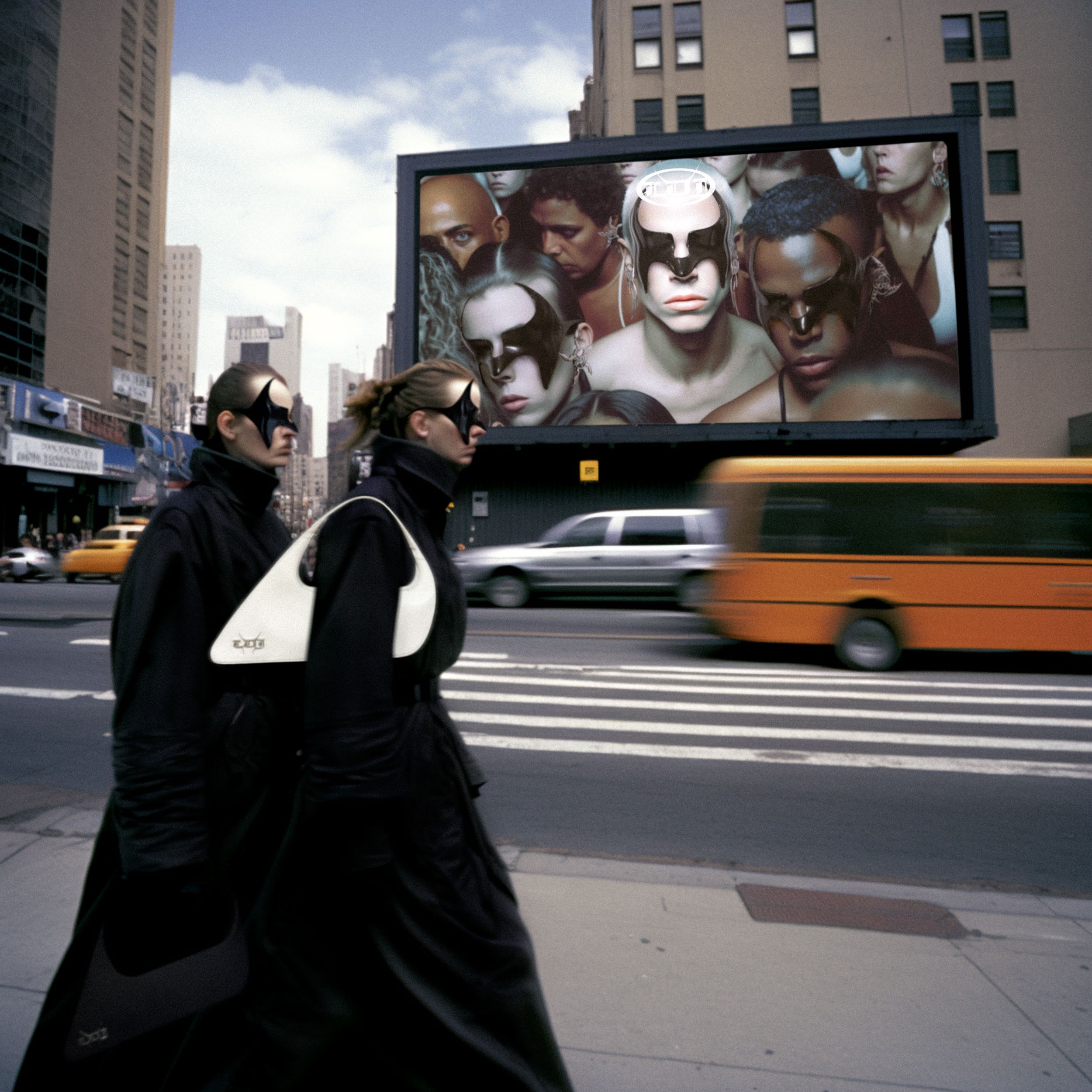
Notes From Underground: LUKE NUGENT’s AI Editorials Fictionalize Subcultures

HR GIGER & MIRE LEE: Horror, Slime, and Satanic Eroticism

Origin of the Gothic and Sublime: Becoming RICCARDO TISCI

Drain Gang
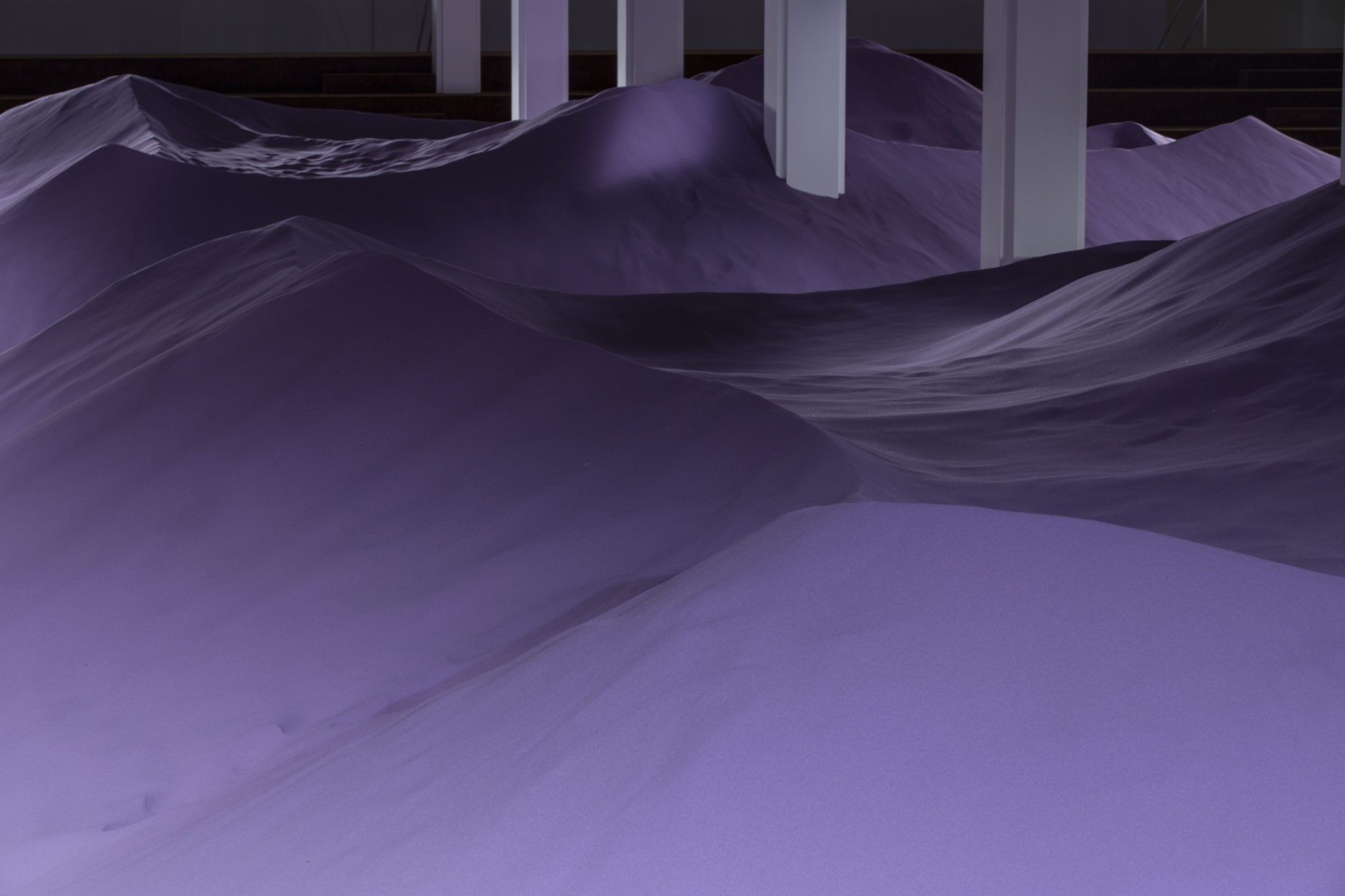
OMA AMO w/for PRADA

A Love Letter to NYLON MADNESS, from 032c

RAF SIMONS RETROSPECTIVE: 1995–2015

The Mutant Fantasy of DINGYUN ZHANG